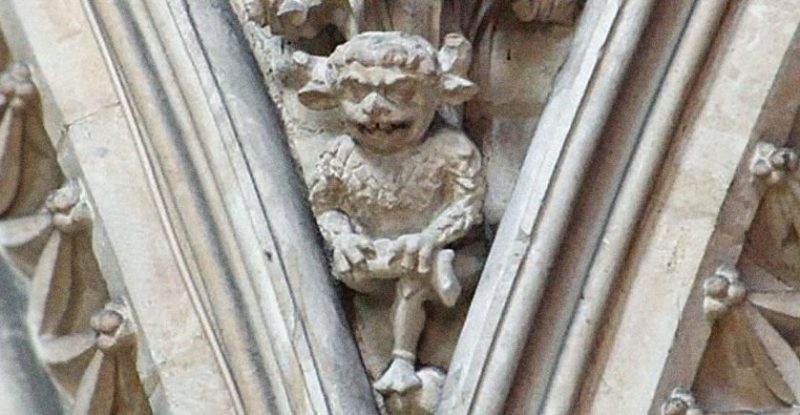The City of Lincoln in England is famous for its Medieval streets, castle, and cathedral, but inside this holy site is a malevolent force. Visitors to Lincoln Cathedral can peer into a mirrored bowl where they can see a spotlight picking out the sinister sight of the Lincoln Imp without having to crane their necks and squint into the gloom.
He’s a vicious looking fiend despite his small size. Cloven-hoofed, bull’s horns jutting from his shaggy hair, one leg crossed contemptuously over the other, and a wicked grin revealing his needle-sharp teeth.
The cathedral — once the tallest in the world — dates from the 11th century, and the Angel Choir was consecrated in 1280, potentially making him well over 700 years old.
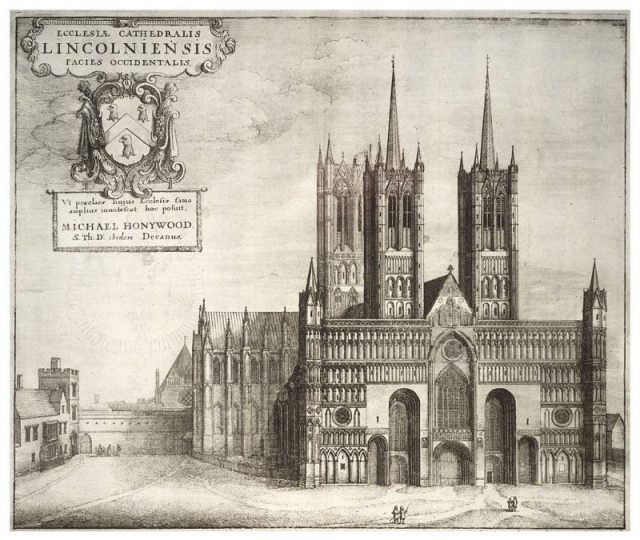
The Angel Choir is long balcony along both sides of the altar where the choir once sat discreetly during services, their beautiful singing emerging through Gothic arches and up to the spectacular vaulted ceiling as if emitting from heaven itself.
“Angel Choir” is more than a reference to the choir’s distance from the floor, or seemingly divine sound — the arched windows are adorned with the carved figures of 28 angels, clad in flowing robes, Jesus Christ and the Virgin Mary.
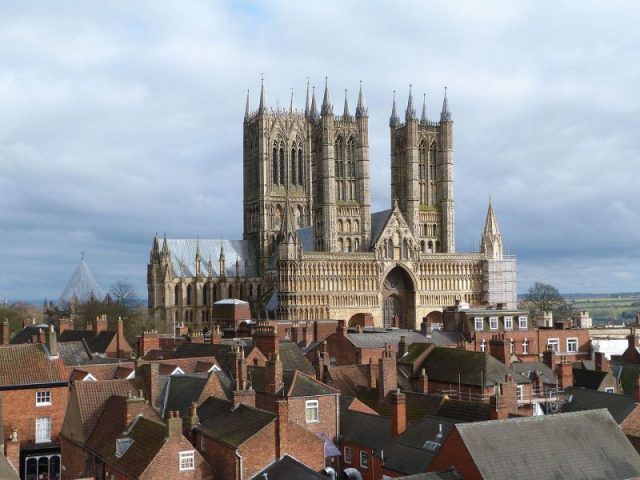
The Lincoln Imp was explained by several different folk tales told in the 14th century. In one the Devil was in a good mood one day and let his wicked imps out to play. The imps rampaged around the churches and cathedrals of the north of England, and the fiend who would become the Lincoln Imp dashed inside and began to tear up the fixtures. Spotting the carved angels on the Angel Choir, he said:
“Pretty things, a sackful of feathers I’ll pluck from your wings to make me a couch when I’m tired of this joke.”
The smallest of the angels with amethyst eyes and golden hair rose up before the cathedral altar and cursed the imp, saying: “O impious imp, be ye turned into stone!”
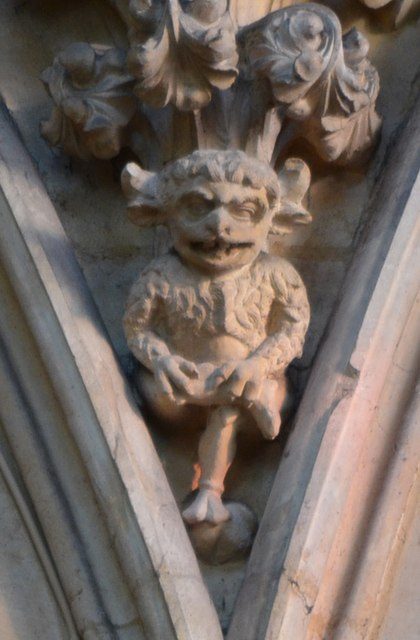
The Lincoln Imp isn’t the only demon carved into these citadels of Christianity. He’s not even the only one at Lincoln Cathedral — high on the east face outside the cathedral is a long-haired horned figure, his features having been defaced sometime in the Reformation when extremist Protestants turned on church decorations as idolatry — the veneration of false idols. This figure is known in folklore as “the Devil looking over Lincoln.”
In another version of the story, two imps ran riot through Lincoln Cathedral, and while one was turned to stone, the other hid and escaped. He was later cornered by an angel in Grimsby Minister, 44 miles away, and beaten before being similarly transformed — accounting for a stone imp clutching its bruised behind.
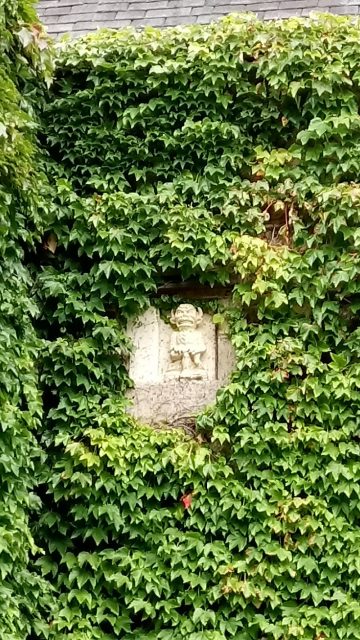
Strange and grotesque figures, ranging from devils and demons to cats (which were associated with evil), serpents and other classic monsters, leering men surrounded by foliage called Green Men), or half man/half animal figures, were incredibly common in 13th century church architecture.
Imp (from the Old English “Impa”, meaning “offshoot”) wasn’t commonly used to mean “little devil” until the 17th century, so prior to that they were most likely seen as generic evil or demonic figures. But in Early Modern folklore they came to be seen as minions of the Devil, often claimed to be interlocuters between Satan and those believed to be in his service.
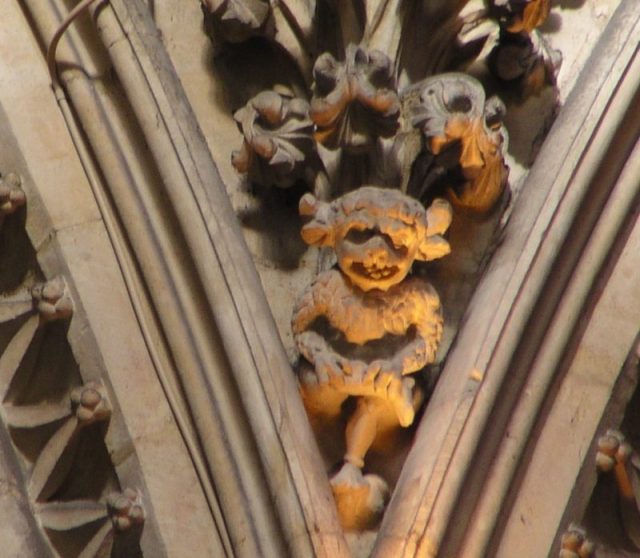
Some of England’s most famous religious buildings contain similar demons if you look closely enough. Westminster Abbey in London, the site of coronations and royal weddings, has a devil carrying away a monk and another beating a drum, along with numerous other monsters carved into its misericords — hinged wooden benches installed in the 16th century.
England’s largest medieval cathedral, York Minister, features the ominously named “Doomstone”, a 12th century limestone relief which shows tortured souls being pushed into a cauldron held up by demons and devils. A gurning hell mouth is also depicted with its nostrils (!) being cleaned by toads.
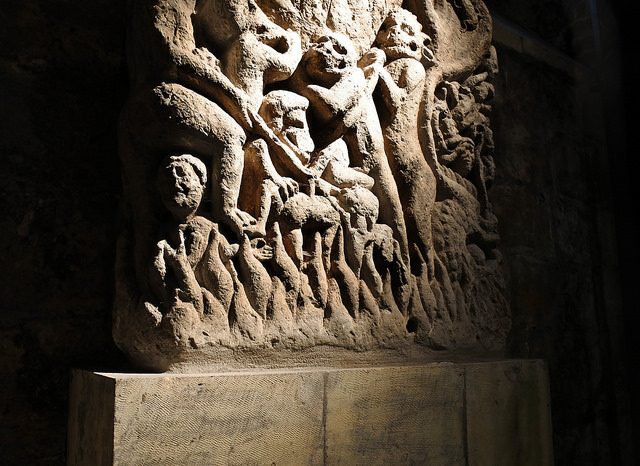
An imp, meanwhile, can be found carved into a column in the crypt of Canterbury Cathedral, the seat of the head of the Anglican denomination of Protestant Christianity, the Archbishop of Canterbury.
Their depictions in churches — as with all the other sinister faces and creatures carved into stone or wood — are believed to have symbolized sin, acting as a constant reminder to the congregation that even in such sacred surroundings they were vulnerable to temptation and vice.
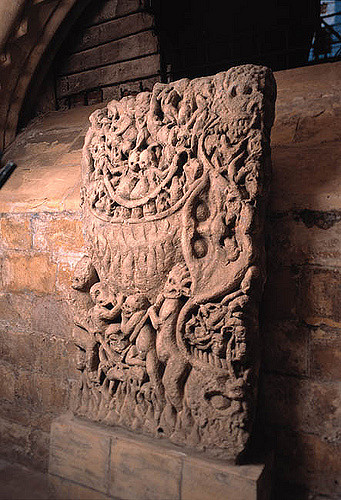
It’s not sacrilegious to find them in churches, to the Medieval Christian the world was an intensely spiritual place — a frontline in the war between good and evil. The devil and his snares lurked behind every misfortune and the hand of God behind every triumph.
Related Video: An incredible look at Highcliffe Castle in the UK
There’s not necessarily any masterplan behind the choices of individual creatures. Though the Biblical scenes, saints and angels speak for themselves, the cautionary demons, imps, and monsters were more likely the subject of artistic license.
Masons commissioned for the building work were often given free rein to embellish the smaller features as they saw fit and would offer their own takes on sculptures or artworks they had seen elsewhere. The various types of church sculpture can be found echoed in the weird and wonderful marginalia of Medieval manuscripts. (Although rabbits with weapons, or snails seem less common inspirations…)
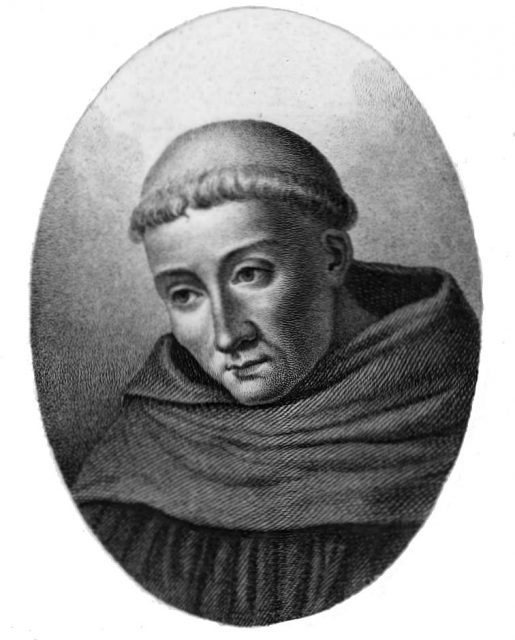
Not all churchmen were impressed. The French abbot St Bernard of Clairvaux, who argued for more plainly decorated places of worship, wrote:
“What are these fantastic monsters doing in the cloisters under the very eyes of the brothers as they read? What is the meaning of these unclean monkeys, strange savage lions, and monsters? To what purpose are here placed these creatures, half beast, half man?”
“I see several bodies with one head and several heads with one body. Here is a quadruped with a serpent’s head, there a fish with a quadruped’s head, then again an animal half horse, half goat… Surely if we do not blush for such absurdities we should at least regret what we have spent on them.”
Read another story from us: Secret Egyptian Palace of Ramesses II Discovered by Accident
It’s the lack of rhyme or reason, perhaps, that often leads to elaborate origin stories developing for some of these beasts, but few are as menacing as the Lincoln Imp and have the story to match.
